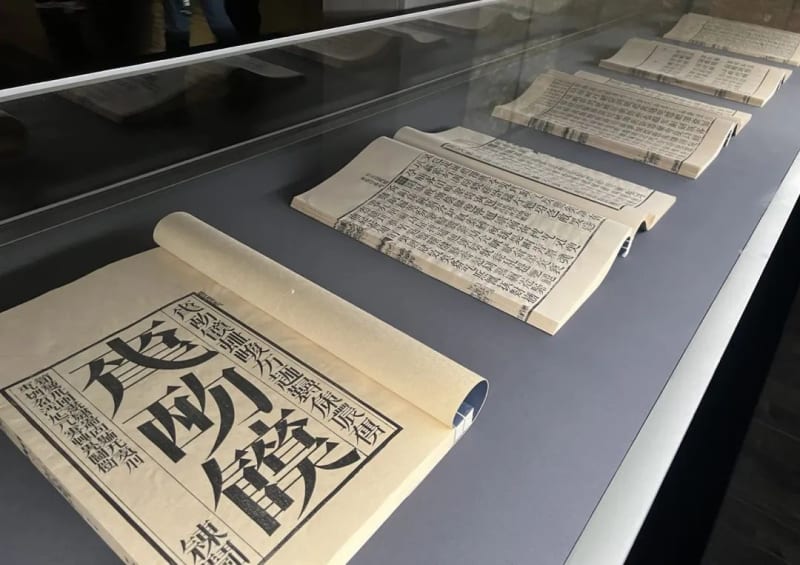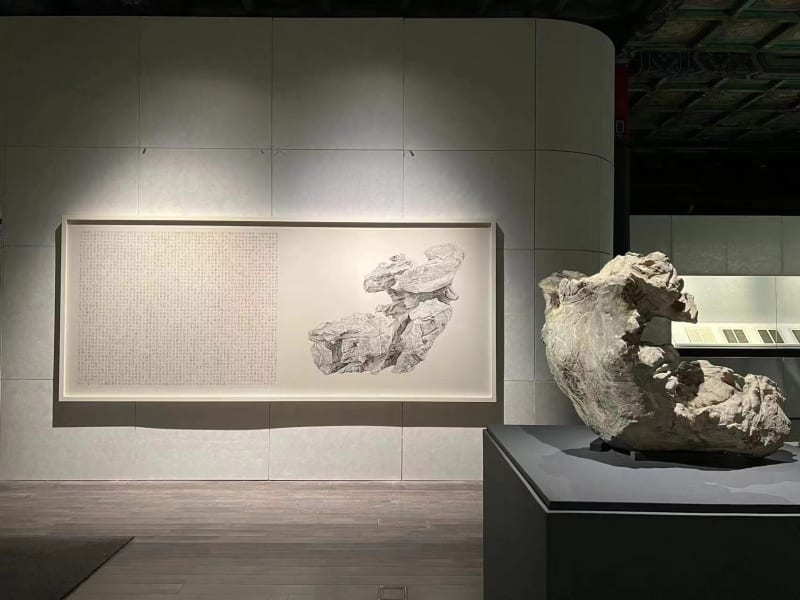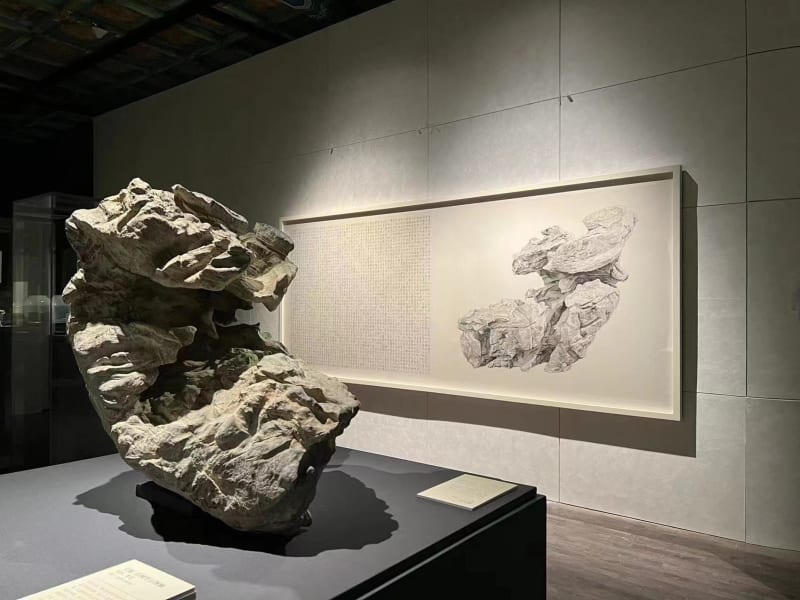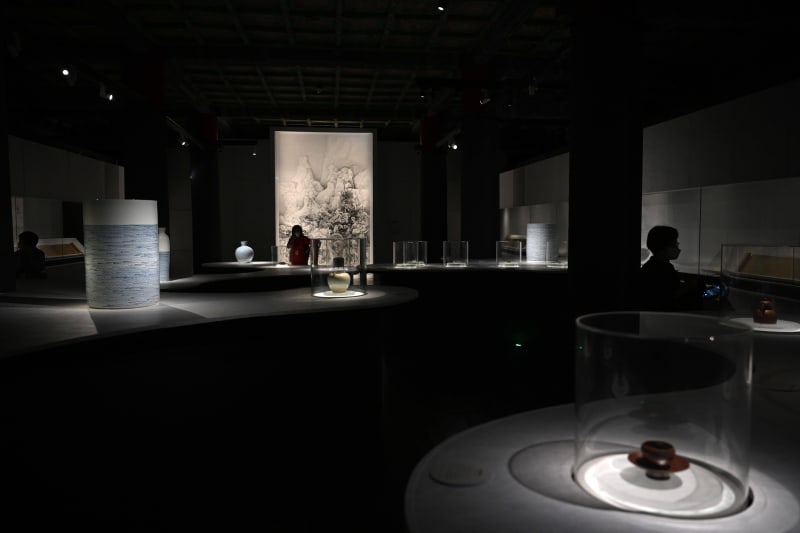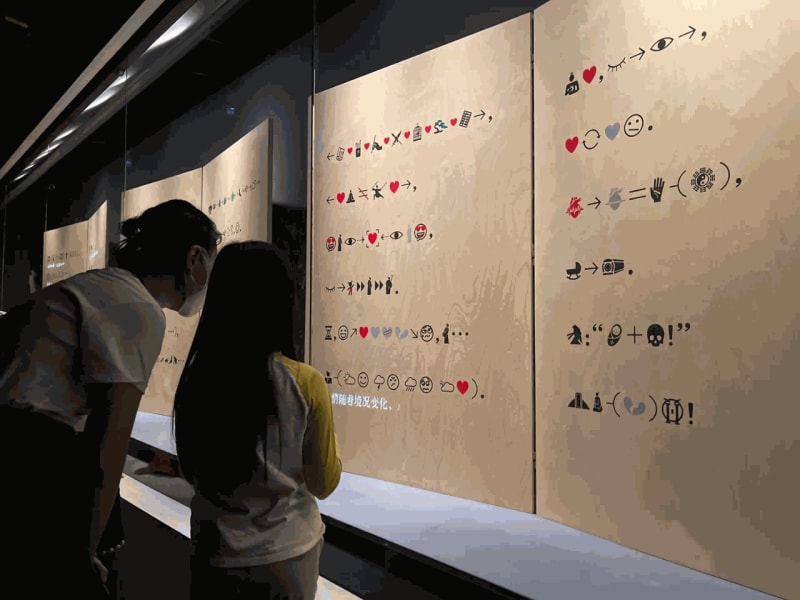Mirroring the Heart of Heaven and Earth—Ideals and Images in the Chinese Study
2022, 08.30-2022, 11.30
Meridian Gate (Wu men), Palace Museum
Watching the exhibition documentary: Because of the Study 因为书房
The exhibition “Mirroring the Heart of Heaven and Earth—Ideals and Images in the Chinese Study” opened on August 30 at the Meridian Gate (Wu men) gallery of the Palace Museum and will last through October 23, 2022. According to curator Wang Zilin, also head of the Research Administration Department of the Palace Museum, the exhibition was arranged in three sections: The first, “Vision Beyond Books,” includes five parts, namely, Starry Sky, Room of Five Classics, Books, Four Treasures of the Study, and Traditional Wares of the Literati. Radiating from the Room of Five Classics and Books, this section conveys the idea that the study symbolizes vision and cultural inheritance alongside serving as a space for reading, writing, and collecting books. The Starry Sky part, which connects the Constellation of Wall (which is considered a celestial library) to the famous Lubi Wall once used to protect ancient books from destruction in Confucius’ residence in Shandong Province, seeks to inspire reflections on the cultural significance of the study and imagination in terms of its spatial expansion. The Four Treasures of the Study part highlights the interdependency of literati and the Four Treasures (namely, ink brush, inkstick, paper and inkstone) to remind people of how ancient Chinese created so many distinctive Chinese calligraphy and painting masterpieces through masterly use of those tools. The Traditional Wares of the Literati part displays wares evidencing Chinese philosophies about the universe including jade articles, bronze wares, and porcelain pieces from five kilns of the Song Dynasty (960-1279).
The second section, “Morality and Responsibility,” highlights love for homeland and cultural pursuits demonstrated in the study. It includes three parts, namely, Self-cultivation, Love for Homeland, and Look into the Universe, which derive from the words explaining the purpose of reading and studying in ancient times—“self-cultivation, running one’s family well, governing the state properly, and bringing peace to all under heaven”. The Love for Homeland part features calligraphy from the Southern Song (1127-1279) and Ming (1368-1644) dynasties that expresses the noble pursuit of “being first to be concerned with state affairs and last to enjoy oneself.” On display are also a decorative hanging panel and a bronze musical instrument inscribed with words motivating the literati in the court to advocate virtues, uphold justice, avoid laziness, stay devoted, and pursue good for all.
The third section, “Bond with Nature,” includes two parts: Cold-weather Companions and Literati Gatherings. The three durable winter plants of pine, bamboo, and plum widely symbolize both the study and the literati in both physical and figurative terms. Considering the literati moved from the study to outdoors for gatherings, the Literati Gatherings part highlights another function of the study—facilitating communication between human and heaven—by exhibiting calligraphy and scroll paintings from the Song, Yuan (1271-1368), and Ming dynasties as well as drinking vessels and symbolic pillars found in pavilions during literati gatherings.
The third section also offers a technology-enabled immersive experience called “Fragrant Snow Study” (Xiangxue shufang) at its entrance, a new way for visitors to get to know the former study in the Forbidden City. Emperor Qianlong of the Qing Dynasty (1644-1911) built the study in the West Warm Chamber (Xinuan ge) of the Hall of Spiritual Cultivation (Yangxing dian) to imitate the Plum Chamber (Mei wu) of the Hall of Mental Cultivation, and piled white stones into a hilly landscape to create an ambience in which people could absorb the vastness of the universe by appreciating a vast expanse of snow-like plum flowers. By applying technologies like naked-eye 3D and somatosensory interactive projection, the exhibition immerses visitors in an authentic Fragrant Snow Study.
More information, please refer to: https://en.dpm.org.cn/exhibitions/current/2022-09-08/3333.html
